Classification keys to identify animals
I can identify animals using classification keys.
Classification keys to identify animals
I can identify animals using classification keys.
These resources will be removed by end of Summer Term 2025.
Lesson details
Key learning points
- A classification key is a series of yes/no questions about the observable characteristics of living things.
- Knowing the structure of an animal is useful when using classification keys.
- Zoologists discover, identify and study animals in the local and wider environment.
- Scientists, including zoologists and naturalists, use classification keys to identify and group animals.
Keywords
Classification key - Classification keys are diagrams which help us identify objects using yes/no questions.
Identify - To identify something is to be able to name it correctly.
Observable characteristics - An observable characteristic is a feature or property of something that we can see or use our other senses to observe.
Structure - The parts of an animal’s body are called its structure.
Zoologist - A zoologist is a type of scientist that studies animals.
Common misconception
Pupils may struggle with some of the vocabulary needed for animal classification that is not used in everyday language. They may try to use an animal's habitat as an observable characteristic.
Model the correct classification language throughout the lesson using animals they are confident with. Although there sometimes are observable clues, you cannot be certain of an animal's habitat by looking at it out of context.
To help you plan your year 4 science lesson on: Classification keys to identify animals, download all teaching resources for free and adapt to suit your pupils' needs...
To help you plan your year 4 science lesson on: Classification keys to identify animals, download all teaching resources for free and adapt to suit your pupils' needs.
The starter quiz will activate and check your pupils' prior knowledge, with versions available both with and without answers in PDF format.
We use learning cycles to break down learning into key concepts or ideas linked to the learning outcome. Each learning cycle features explanations with checks for understanding and practice tasks with feedback. All of this is found in our slide decks, ready for you to download and edit. The practice tasks are also available as printable worksheets and some lessons have additional materials with extra material you might need for teaching the lesson.
The assessment exit quiz will test your pupils' understanding of the key learning points.
Our video is a tool for planning, showing how other teachers might teach the lesson, offering helpful tips, modelled explanations and inspiration for your own delivery in the classroom. Plus, you can set it as homework or revision for pupils and keep their learning on track by sharing an online pupil version of this lesson.
Explore more key stage 2 science lessons from the Living things and the environment unit, dive into the full secondary science curriculum, or learn more about lesson planning.

Equipment
If exploring outdoors and looking at real animals then pooters, hand lenses, trays and cameras will be useful.
Content guidance
- Risk assessment required - equipment
- Exploration of objects
Supervision
Adult supervision required
Licence
Starter quiz
6 Questions
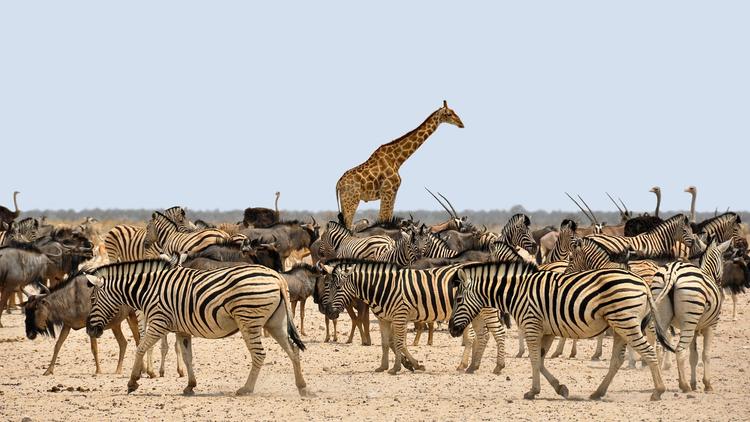
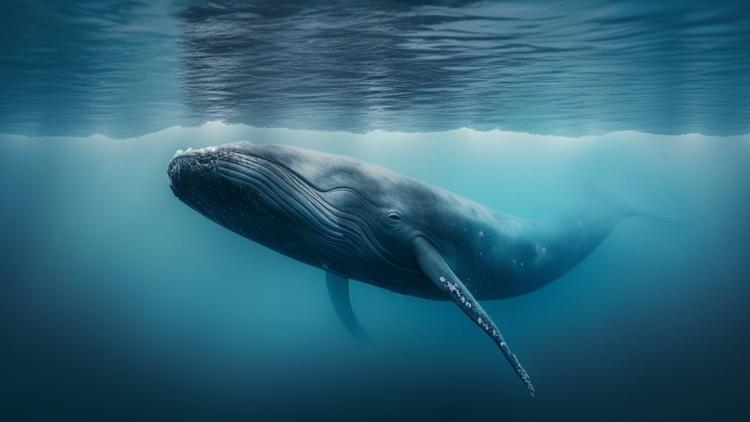
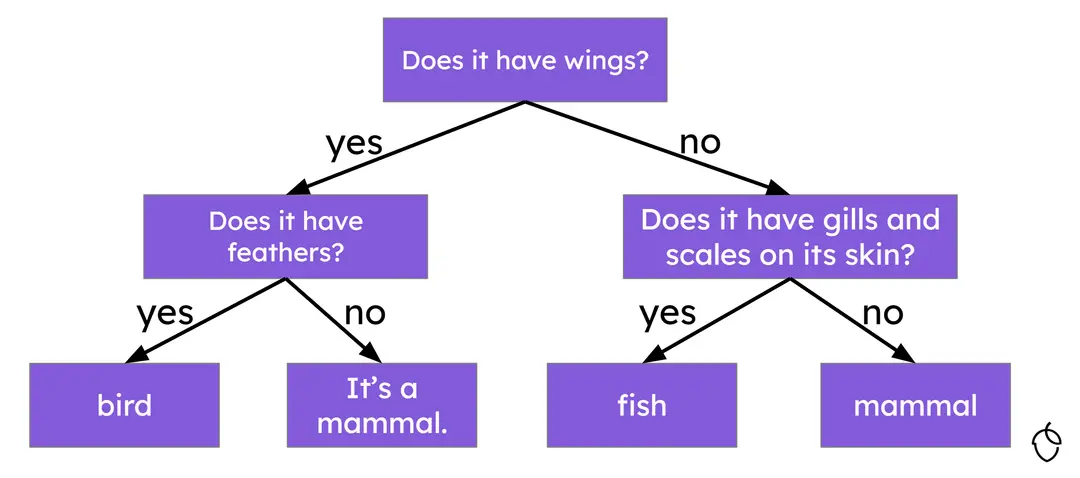
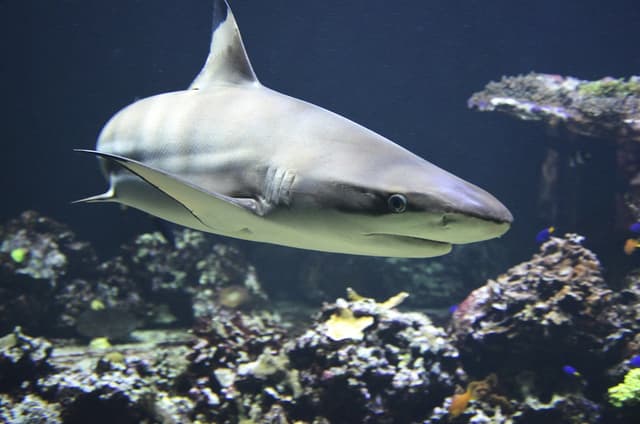
mammal
insect
fish
bird
reptile
amphibian
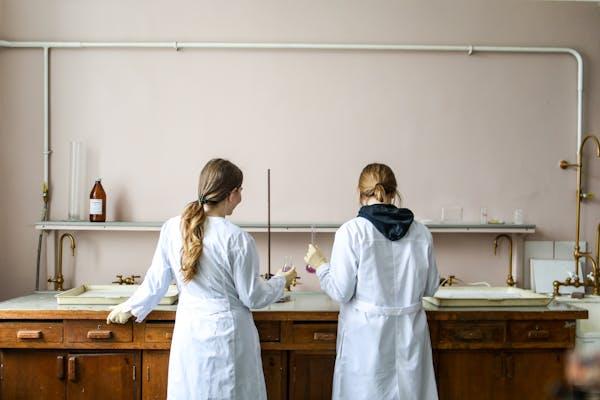
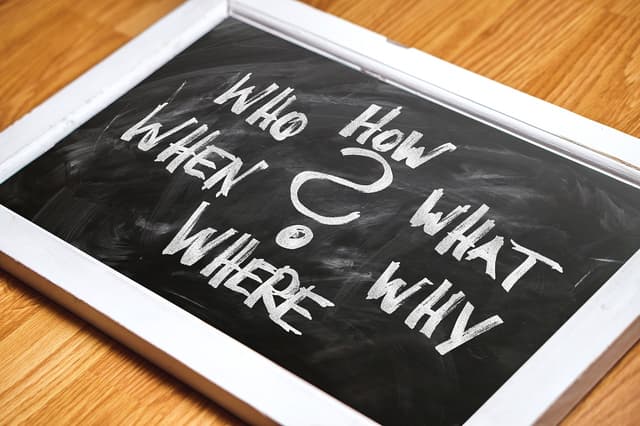
Exit quiz
6 Questions
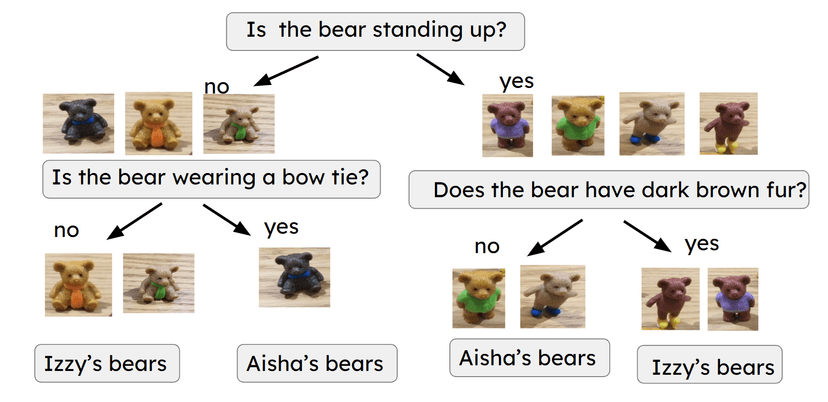
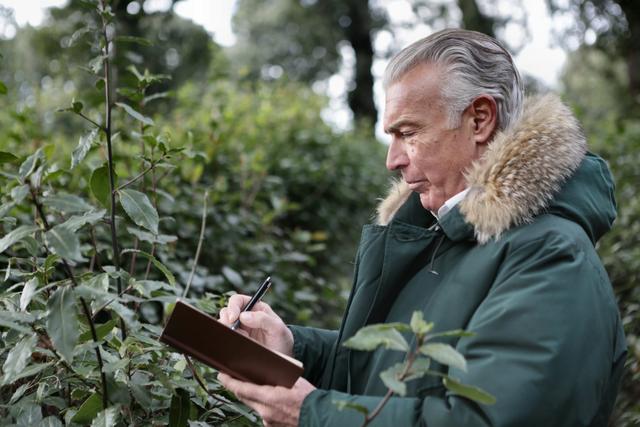
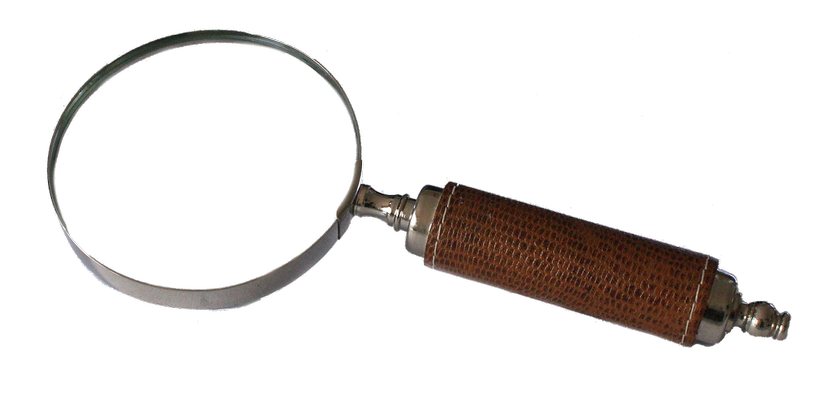

fish
giraffe
bird
snake
rabbit




